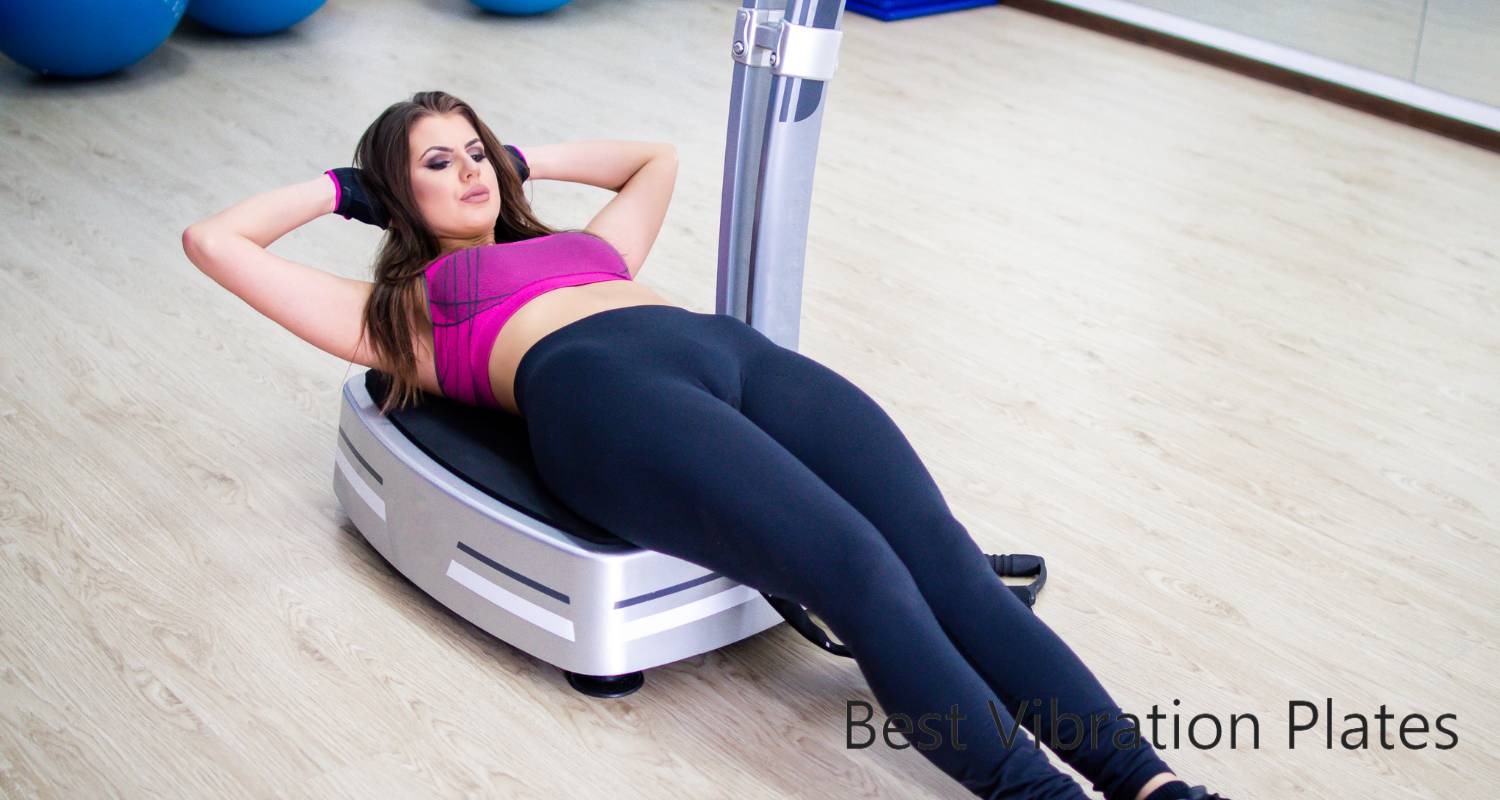Vibration Plates After Hip Replacement Surgery: A Comprehensive Guide
Total Hip Arthroplasty (THA), or hip replacement surgery, is a major orthopaedic procedure often performed to alleviate severe arthritis pain or repair traumatic injury. Recovery is a staged process that prioritises prosthesis integration, bone remodeling, and restoring mobility within set hip precautions. One emerging modality for enhanced recovery is the use of vibration plates—when used safely and appropriately.
This guide presents a complete, medically aligned overview of using vibration plates after hip replacement surgery. It follows a UK-centric rehabilitation lens, providing physiotherapy-aligned strategies, anatomical insights, and a week-by-week vibration therapy program tailored for post-operative recovery.
1. Hip Replacement Recovery Timeline and Vibration Introduction Points
Hip replacement recovery typically progresses through well-defined stages. Vibration therapy is not suitable in the early acute phase (weeks 0–6) due to swelling, healing, and prosthetic settling. However, from post-operative weeks 6–12, with surgeon clearance, gentle vibration therapy may support improved balance, circulation, and muscle activation.
Recovery Timeline Summary:
| Post-Op Period | Key Focus | Vibration Use |
|---|---|---|
| Weeks 0–6 | Wound healing, joint protection | ❌ Contraindicated |
| Weeks 6–12 | Light activity, regaining mobility | ✅ Light WBV possible |
| 3–6 Months | Strengthening, bone remodeling | ✅ Structured program |
| 6–12 Months | Advanced rehab, endurance | ✅ Regular use allowed |
2. Biomechanical Considerations for Artificial Hip Joints
After THA, the body undergoes prosthesis integration—a process where the artificial components bond with surrounding bone via osseointegration. During this phase, biomechanical forces from WBV (whole body vibration) must be low in magnitude and introduced cautiously.
Key Biomechanical Factors:
- Weight-bearing stress should remain below 1.0g initially.
- Avoid excessive lateral oscillation which can destabilise the hip joint.
- Vibration should remain vertical to align with natural hip loading.
Anatomical Diagram Description:
Visualise a lateral anatomical diagram of the hip showing the prosthetic femoral stem inserted into the femur, articulating with the acetabular cup in the pelvis. Highlighted zones show the importance of bone remodeling and integration zones along the stem and socket.
3. Surgeon Clearance Requirements and Medical Communication
Before starting any vibration therapy post-hip replacement, patients must receive explicit clearance from their orthopaedic surgeon or physiotherapist.
Key Points to Discuss With Your Doctor:
- Prosthesis type (cemented vs. cementless)
- Healing progress (based on X-ray and physical evaluation)
- Presence of comorbidities (e.g. osteoporosis)
- Risk factors for dislocation or loosening
Keep an updated record of medical advice, and refer back before progressing to higher intensity levels.
4. Week-by-Week Progression Program (Weeks 6–52)
This evidence-informed guide assumes no complications and appropriate clearance.
Weeks 6–8: Introduction Phase
- Frequency: 10–15 Hz
- Amplitude: Low (1–2 mm)
- Duration: 30 seconds to 1 minute, 3–4x weekly
- Position: Seated with feet on plate, or standing with hand support
- Focus: Circulation, proprioception, and basic muscle engagement
Weeks 9–12: Adaptation Phase
- Increase to 15–18 Hz
- Gentle standing, supported by rails
- Simple isometric exercises (e.g. quad holds)
Weeks 13–24: Strengthening Phase
- 18–25 Hz, medium amplitude (up to 4 mm)
- 1–2 minutes per session, 4–5x weekly
- Light dynamic movement: half-squats, step holds
Weeks 25–52: Maintenance & Endurance
- Custom protocol based on goals
- 20–30 Hz, 2–3 minutes per session
- Balance and stability exercises introduced
See gentle vibration settings for guidance on tuning your machine safely.
5. Safe Vibration Parameters: Frequency, Amplitude, Duration
Safety is critical when using vibration plates after hip arthroplasty.
| Parameter | Initial Phase (Weeks 6–12) | Progression Phase (Post 3 Months) |
|---|---|---|
| Frequency | 10–18 Hz | Up to 30 Hz |
| Amplitude | 1–2 mm | Up to 4 mm |
| Duration | 30–60 seconds | Up to 3 minutes |
| Type | Vertical oscillation only | Continue vertical only |
Always consult essential safety precautions before operating any vibration plate.
6. Exercises to Avoid vs. Recommended Positions
❌ Avoid:
- Deep squats or lunges
- Any twisting of the hips
- Balancing on one leg
- Unsupported vibration standing
- High-frequency pulses above 35 Hz
✅ Recommended:
- Seated calf raises with feet on the plate
- Standing with walker or side handles
- Gentle weight shifting
- Mini squats (partial depth)
- Static holds with even stance
Visual aid description: Diagram showing a person standing on a vibration plate using side support rails, with arrows indicating minimal flexion and no hip rotation.
7. Signs to Stop and Seek Medical Advice
Discontinue vibration therapy and contact your healthcare provider if you experience any of the following:
- Sudden hip pain or discomfort during/after use
- Clicking or instability sensations in the hip
- Increased swelling or redness near the surgical site
- Numbness or tingling down the leg
- Feeling off balance or dizzy
Remember, vibration therapy should enhance comfort and strength, not provoke discomfort.
8. Long-Term Benefits for Prosthesis Longevity
When applied properly, whole body vibration offers several long-term benefits for patients recovering from hip replacement surgery:
- Improved bone density near the implant, supporting long-term fixation
- Reduced muscle atrophy, especially in the glutes and quadriceps
- Enhanced balance and gait stability, reducing fall risk
- Promotes circulatory health, aiding in joint nutrition
Studies in the UK support low-intensity vibration as a supplementary rehab tool for enhancing hip arthroplasty WBV rehabilitation, especially for older adults.
Final Thoughts
Introducing vibration plates into a post-THR (Total Hip Replacement) rehabilitation program should always be done with caution, clinical supervision, and a progressive timeline. In the UK, physiotherapists often endorse post-THR whole body vibration for enhanced recovery—only when tailored to the individual, aligned with safety standards, and supported by a structured vibration plate workout program.
By following a phased approach and respecting the biomechanics of your artificial joint, vibration therapy may contribute to better outcomes and a stronger, more mobile future.
Always consult with your medical team before beginning any exercise routine post-surgery.
